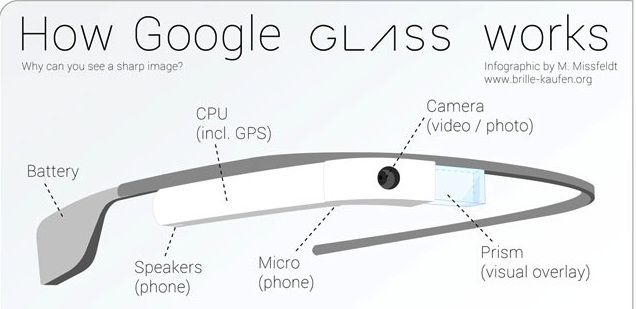Google Glass API Released, No Ads Or Fees Allowed In Terms Of Service
Just as the first prototype units are wending their way out to the initial lucky folks who get to use Google Glass before the rest of us, Google has posted its API for developers to start building apps for this latest wearable tech device.
In an out-of-character move for the Android operating system, Google is prohibiting developers from giving out their apps from anywhere but the official Google-hosted distribution channel. The company is also forbids anyone from adding advertisement or collecting any sort of fee to use said apps.
These clauses may only be in the terms of service for an initial period, but for now, all apps for Google Glasses will be free, and will not get to advertise to users. What that means in terms of monetization for app developers, of course, remains to be seen.
While it may seem odd for a company with an open-ecosystem philosophy, at least when it comes to Android OS, to restrict distribution to Google-owned servers, it makes a lot of sense, especially as the whole device and ecosystem is so new. It would be pretty awful for someone to get hurt due to a faulty or distracting app for a device that sits between the user and the outside world.
The Google Glass TOS also includes other prohibitions, like not letting apps access, update, use, or share the API content without a summary for the end user and making sure that developers aren’t using the APIs ” for any activities where the use or failure of the APIs could lead to death, personal injury, or environmental damage (such as the operation of nuclear facilities, air traffic control, or life support systems).”
The Google Glass API itself includes a ton of developer-centric information, like how to create timeline cards, which will be the main way end users interact with the software, swiping back and forth to access content. There’s also some tips on making apps specifically for Glass, including an admonition that less is more: “Don’t get in the way – Glass users expect the technology to be there when they want it and out of the way when they don’t. Don’t be too frequent and loud with notifications when the user doesn’t expect it.”
All in all, there’s a ton of great information there for developers and curious techies alike. Looks like we’re going to see more of these hot tech devices in the wild before long. Let us know if you’re one of the lucky few Explorers that get a pair to try out.



